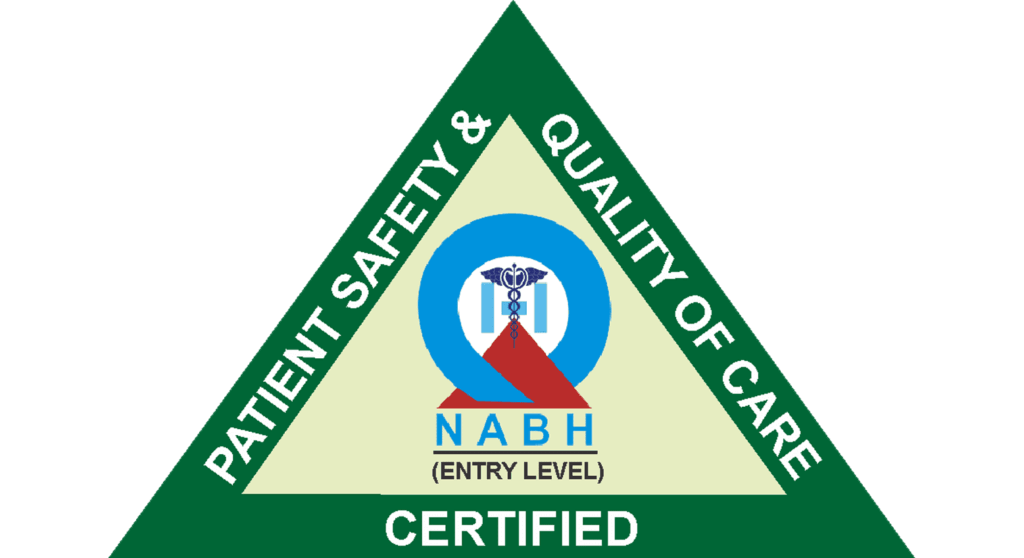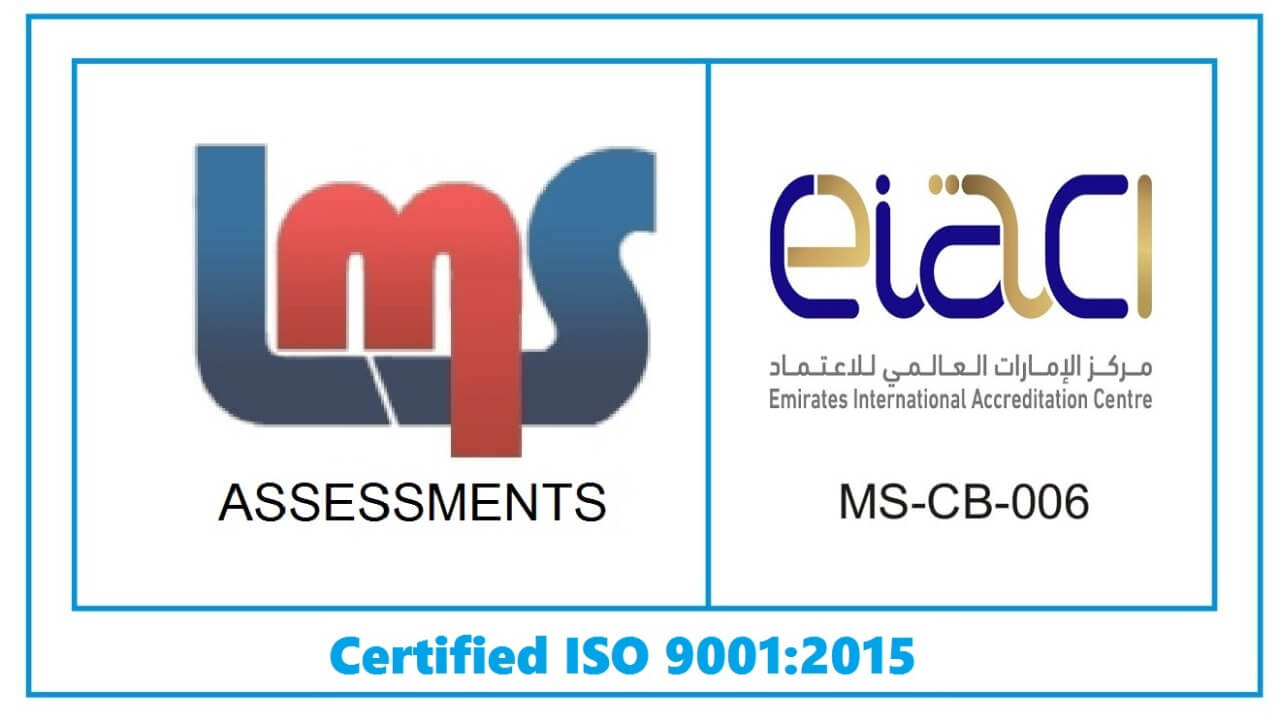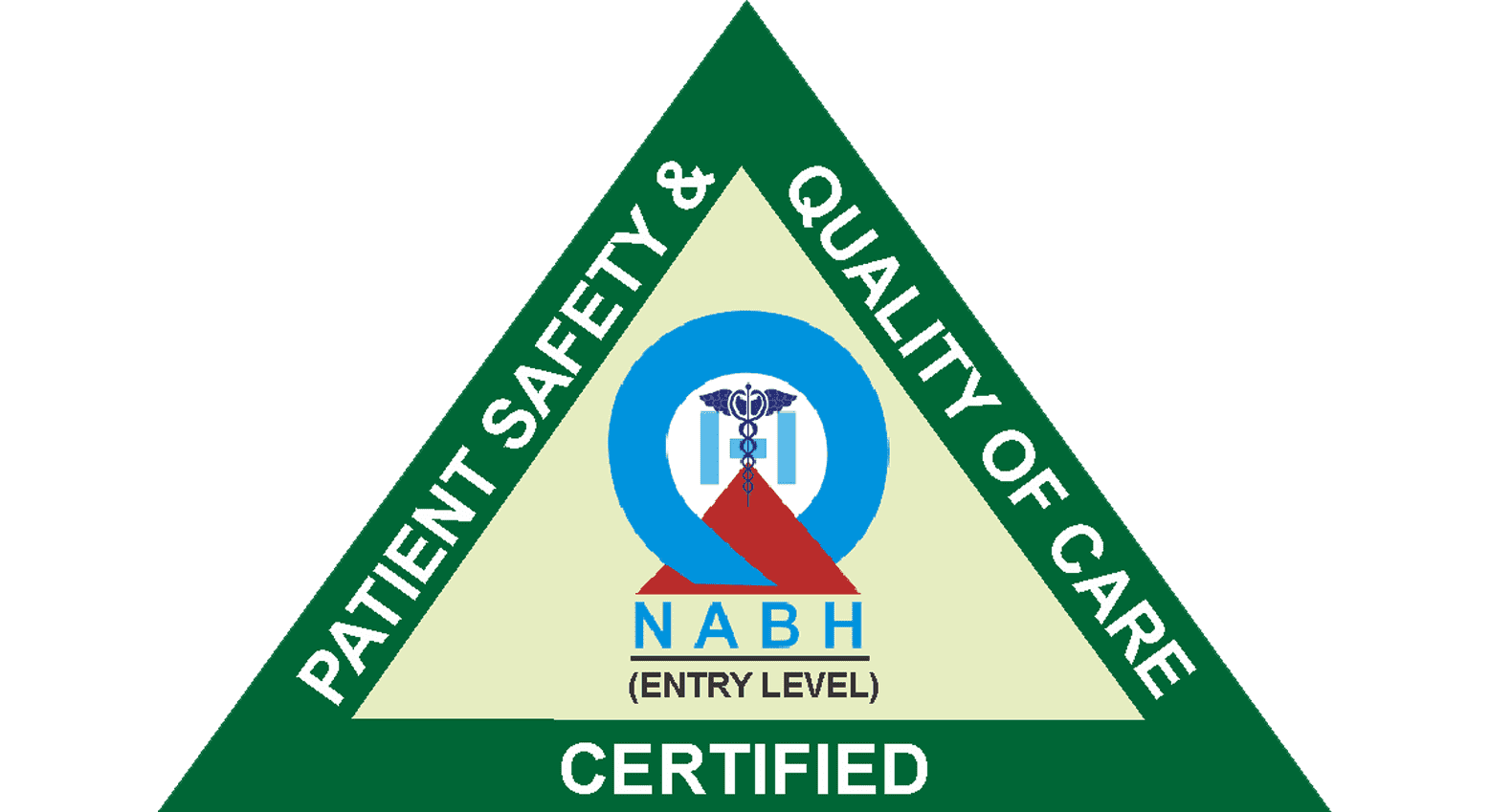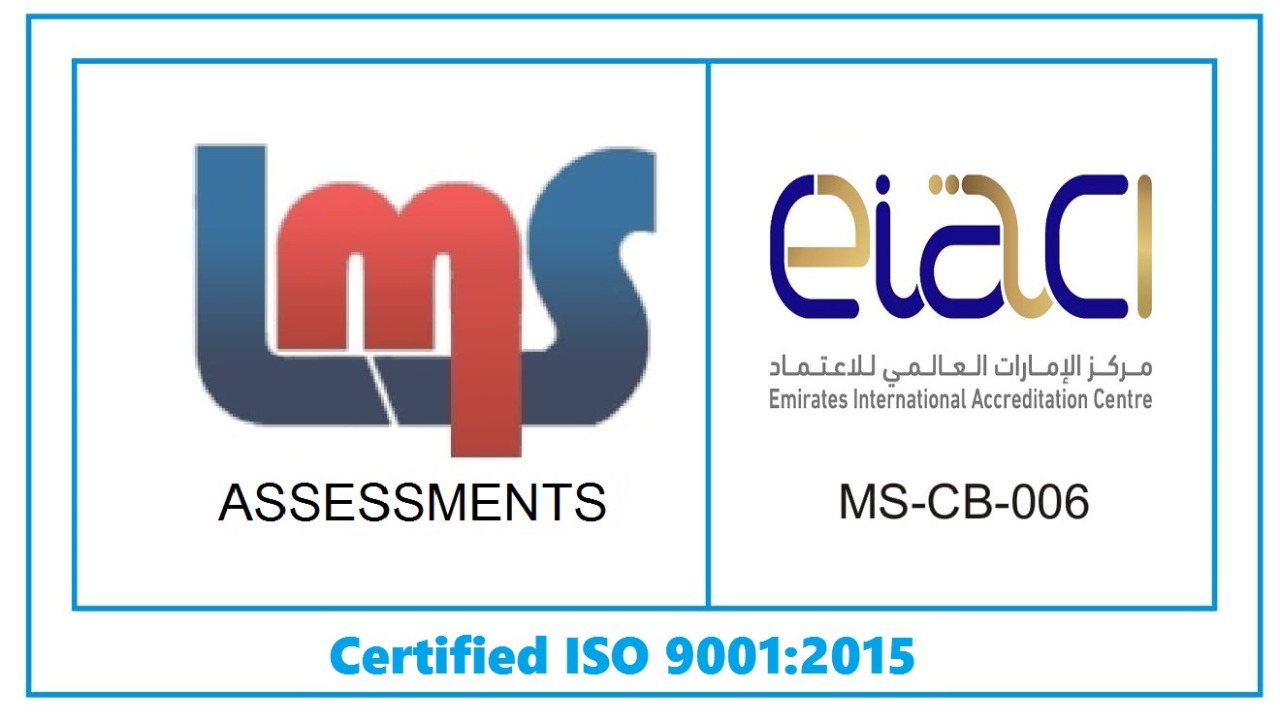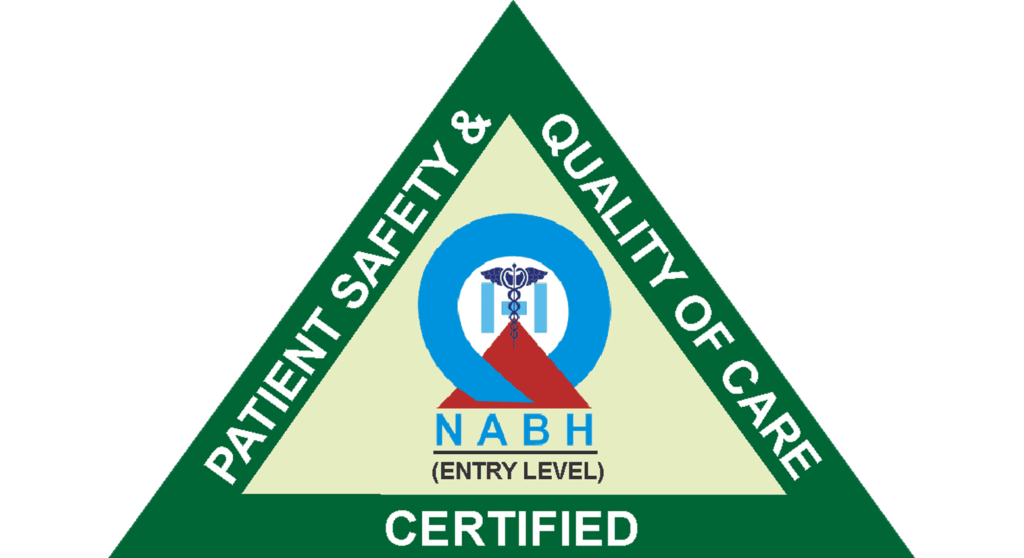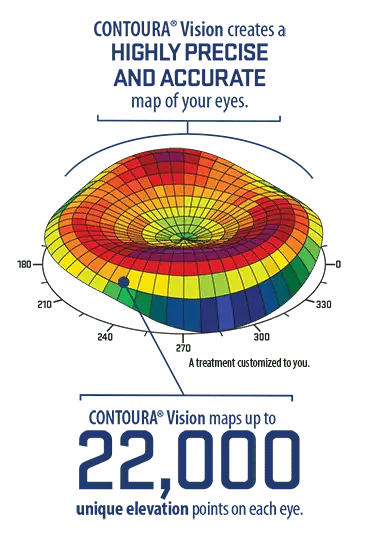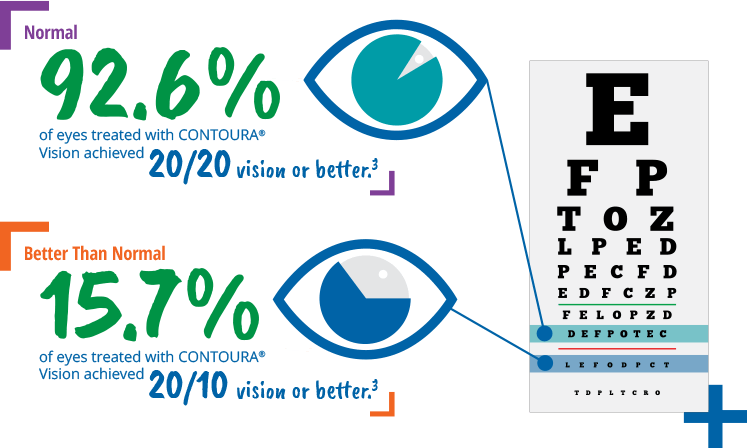
lasik for your eyes
lasik for your eyes
Contoura Vision Surgery in Mumbai
What is contoura Lasik?
Contoura Vision is a cutting-edge technology for vision enhancement. It achieves remarkable accuracy and precision through the application of a diagnostic tool called the topolyser. Using 22,000 special elevation points, this FDA-approved technology, first introduced in 2016, can detect any abnormalities in the cornea and offer a customized treatment plan for each eye. Differing from other laser platforms that operate from the pupillary axis, Contoura is an exclusive laser platform in the world that approaches the visual axis directly, enabling the clearest and optimal vision possible. Sai Deep Eye Clinic provides you with patient-centric treatment for Contoura Vision Surgery in Mumbai and all other LASIK procedures.
REFRACTIVE TREATMENT
Contoura Vision in Mumbai
It is significantly devised for individuals with exceeded astigmatism of 1D or more.
It reduces vision challenges when driving at night.
It can reduce glare and lessen sensitivity to light.

Light sensitivity
5.2%
decrease

Difficulty driving at night
8.0% decrease

Reading difficulty
8.7% decrease

Halos
3.2% reduction

Starbursts
2.8% reduction

Complaints of glare
4.8% reduction
Contoura Vision Procedure
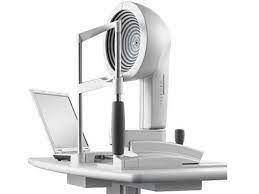
Step 1
A comprehensive eye checkup and refraction is carried out by the refractive surgeon. Following that, a series of preoperative examinations are performed, like corneal topography, to determine the cornea’s thickness and curvature. These examinations will assist with identifying whether Contoura is needed and whether the patient’s eye is suitable for LASIK. Using a barrage laser, retinal diseases like thinning, holes, or tears that were identified during the dilated fundoscopy assessment are addressed. In the one to four weeks that follow the initial evaluation for LASIK is arranged.
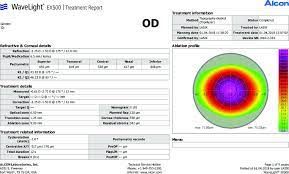
Step 2
In the next step, the patient undergoes topographic scans done through the topolyser, in accordance with the customized treatment. With the use of WaveLight Refractive Suite, the Contoura Vision Femto LASIK procedure is conducted.

Step 3
A bladeless Femtosecond technology, FS 200 laser is employed to create a thin flap and is lifted with microsurgical instruments. For personalized refractive correction, topoguided laser ablation is performed using an advanced EX500 excimer laser.

Step 4
The procedure is finished and the patient is allowed to return home after an idle period of 30 minutes. The post-operative briefing includes detailed personalized counseling to go through all the medications and patients’ overall care. To prevent infection and help with healing eye drops are prescribed and the patient is then scheduled for follow-up check-ups on the first day after the surgery and a month later.
Contoura Vision Videos
FAQ
Frequently Asked Questions
An individual should be above 18 years of age and have a significant refractive error. The corneal thickness should be greater than 490 microns, and normal corneal topography is necessary. Contoura Lasik surgery is found to be beneficial for patients with higher spherical power as well as an elevated cylindrical refractive error.
Contoura Vision surgery is a kind of LASIK surgery that offers several advantages over other LASIK platforms:
- Improved Visual Acuity: Post-operative refractive corrections with Contoura are superior to LASIK, providing better quality and quantity of vision. Some patients even reported visual acuity better than 6/6.
- Expanded Treatment Scope: Contoura doesn’t only correct refractive errors but also addresses corneal curvature abnormalities.
- State-of-the-Art Technology: Contoura Vision has established the most advanced form of LASIK. It maps 22,000 points on the cornea, while conventional LASIK only maps 200 points.
- Reduced Complications: The complication rate of Contoura LASIK is lesser comparatively than conventional LASIK. Minimal tissue damage and faster healing contribute to a quicker post-operative recovery period.
The majority of patients experience little to no discomfort at all during the procedure.
You may experience sensitivity to bright light and minute blurriness in vision in the initial days right after your contoura lasik treatment, they may last only for a short time period during the healing process of the cornea, and they may extinguish likewise. Many patients even report slight to significant improvement in their vision. After a few months, your vision will gradually enhance and become optimal with recovery.
(merged with WHAT KIND OF VISION SHOULD I EXPECT IN THE FIRST FEW MONTHS AFTER MY PROCEDURE?)
LASIK is considered an elective and cosmetic procedure, which is not eligible to be covered by private insurance. For accurate information, it is recommended to consult with your insurance company representative.
Just after the surgery, patients can experience glare or visual difficulty in bright light, especially at night. However, with time and healing, these symptoms diminish gradually.
Contoura LASIK provides a permanent refractive correction. However, the aging process may lead to changes in the natural lens of the eye, potentially affecting vision. As individuals reach the age of 40 and above, presbyopia commonly develops, impairing the use of near-reading glasses.
Various methods exist for vision correction, such as LASIK, LASEK, Epi-LASIK, PRK, and the latest addition, TransPRK. All of these procedures are widely recognized for correcting myopia and astigmatism.
LASIK, often referred to as the flap-and-zap method, involves creating a flap in the cornea using a metal oscillating blade or Femtosecond laser. The flap is then lifted, and laser correction is applied to the underlying cornea tissue. After the correction, the flap is closed without the need for stitches.
Epi-LASIK, on the other hand, is an ablation technique that avoids cutting into the cornea. It removes the uppermost surface layer of cells, known as the epithelium, using a blunt oscillating blade made of metal or plastic. The laser correction is then applied to the underlying cornea. As the epithelium cells can regenerate, they naturally grow back within 3-5 days, preserving corneal tissue and minimizing nerve damage.
TransPRK represents an even more advanced approach. This procedure eliminates the use of oscillating plastic or metal blades altogether. Instead, the Excimer laser vaporizes the epithelium and reshapes the cornea in a single-step, non-contact treatment. The whole process is guided by an Alcon Wavelight Ex500 Laser Machine.
Various techniques for correcting the vision, including LASIK, EpiLASIK, and TransPRK are used to correct myopia and astigmatism. LASIK is a procedure for creating a corneal flap by blade and laser, while EpiLASIK will remove epithelium without severing it to the cornea. TransPRK, an advanced technique, uses an Excimer laser to treat without contact, eliminating the need for blades, and is guided by the Alcon Wavelight Ex500 laser machine. These procedures seek to enhance vision and have been shown to be effective.
Before undergoing any of the vision correction procedures like TransPRK, LASIK, or Epi-LASIK, you will undergo a comprehensive pre-surgical evaluation. Experienced eye surgeons and optometrists will carefully examine your eyes, taking into account various factors to determine the most suitable option for you. Some of the key considerations include:
Corneal shape
Corneal thickness
Presence of any pre-existing eye conditions like glaucoma or cataracts
Typically, treatments with power below 0.75 Dioptres are rarely performed. In general, lower power treatments tend to offer higher accuracy in refractive surgeries. The maximum safe correction power is determined by two main factors:
Corneal thickness
Pupil size in dark conditions.
Before undergoing any of the vision correction procedures like TransPRK, LASIK, or Epi-LASIK, you will undergo a comprehensive pre-surgical evaluation. Experienced eye surgeons and optometrists will carefully examine your eyes, taking into account various factors to determine the most suitable option for you. Some of the key considerations include:
Corneal shape
Corneal thickness
Presence of any pre-existing eye conditions like glaucoma or cataracts
Typically, treatments with power below 0.75 Dioptres are rarely performed. In general, lower power treatments tend to offer higher accuracy in refractive surgeries. The maximum safe correction power is determined by two main factors:
Corneal thickness
Pupil size in dark conditions.
1. You want to eliminate the risk of corneal cutting, as in Epi-LASIK where the epithelium is scraped off with a blade.
2. You prefer to avoid the creation of a corneal flap altogether.
3. You wish to steer clear of potential flap-related complications like infection, inflammation, dislodgement, or wrinkles.
4. You want to prevent dry eyes after the procedure since TransPRK doesn’t involve cutting the corneal nerves, which can be a cause of dryness in LASIK.
5. You lead an active lifestyle and participate in contact sports such as soccer, rugby, basketball, or martial arts, where there is a risk of flap dislodgement.
6. You value better preservation of cornea tissue, as TransPRK only removes the necessary amount of tissue.

